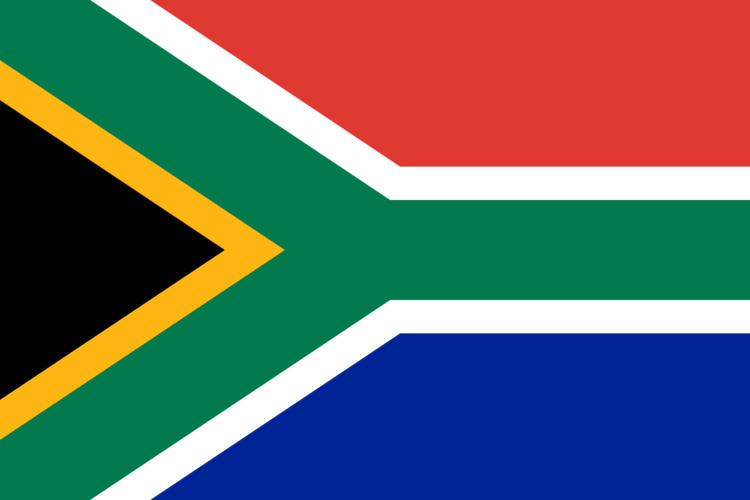Also called Reconciliation day First time 16 December 1995 | Date 16 December Related to | |
 | ||
Next time 16 December 2017 (2017-12-16) | ||
The Day of Reconciliation is a public holiday in South Africa held annually on 16 December. The holiday came into effect in 1994 after the end of apartheid, with the intention of fostering reconciliation and national unity for the country. The date was chosen because it was significant to both Afrikaner and African cultures. Government chose a meaningful date for both ethnic groups because they recognize the need for racial harmony.
Contents
Date and observance
The first time the Day of Reconciliation was celebrated as a public holiday was in 1995. The new government chose to represent national unity by choosing a date that had significance for "both the Afrikaner and liberation struggle traditions."
On Day of Reconciliation, cultural groups participate in parades and various festivities take place throughout the country. On Day of Reconciliation 2013, a statue of Nelson Mandela, the first black president of South Africa, was unveiled in Pretoria. Some of the communities take part in a walk which also serve as a memorial to Mandela. Other parts of South Africa have chosen to emphasize their need for racial harmony in their communities.
Each year has had a different theme. For example:
Afrikaner origins
For Afrikaners, 16 December was commemorated as the Day of the Vow, also known as Day of the Covenant or Dingaan's dag (Dingaan's Day). The Day of the Vow was a religious holiday commemorating the Voortrekker victory over the Zulus at the Battle of Blood River in 1838, and is still celebrated by some Afrikaners. On that day, 470 Voortrekkers were attacked in an early morning battle led by Dingane's generals. The Voortrekkers defeated the Zulus who numbered in the 10-thousands and during the battle, 3,000 Zulu warriors were killed. The event became a "rallying point for the development of Afrikaner nationalism, culture and identity."
The religious significance of the event, where it is called Day of the Covenant or Day of the Vow, involves the belief that the Voortrekker victory of the Zulus was ordained by the God of Christianity. The General Synod of the Afrikaners' Natal Churches chose 16 December as "an ecclesiastical day of thanksgiving by all its congregations" in 1864. Later, in 1894, Dingane's Day was declared a public holiday by the Government of the Free State.
During Apartheid, 16 December continued to be celebrated as the Day of the Vow and the Day of the Covenant. In 1952, Dingane's Day was changed to Day of the Covenant and in 1980 was changed to The Day of the Vow. The Voortrekker Monument in Pretoria was erected on 16 December 1949 to commemorate Dingane's Day.
African origins
Africans who did not have the right to vote after the South African War protested racial discrimination on 16 December 1910.
Because efforts of passive protest and resistance against Apartheid had been unsuccessful, the African National Congress (ANC) decided to form a military or armed group. The date of 16 December is the anniversary of the 1961 founding of Umkhonto we Sizwe ("Spear of the Nation"), the armed wing of the ANC. On that day, Umkhonto we Sizwe enacted its "first acts of sabotage" which included bomb blasts against government buildings in Johannesburg, Port Elizabeth and Durban.
Day of Reconciliation
When Apartheid ended, it was decided to keep 16 December as a public holiday, but to infuse it "with the purpose of fostering reconciliation and national unity." It was established by the government in 1994. Nelson Mandela was part of the group of politicians that helped start the idea for the holiday. On 16 December 1995, the first celebration took place. The first meeting of the South African Truth and Reconciliation Commission also took place on 16 December 1995. In an address in 1995, Archbishop Desmond Tutu described the holiday as serving the need of healing the wounds of Apartheid.
The holiday is also used to celebrate minority cultural groups in South Africa, such as the San people. South African President, Jacob Zuma, in 2009, also stressed that the holiday was meant to also promote "non-sexism."
Other significance
The day is also the sixteenth day of the South African summer holiday period. It is the first of four public holidays observed at the height of summer in the Southern Hemisphere, along with Christmas Day, Day of Goodwill and New Year's Day. Many small businesses close down and employees go on leave over this period.
